If you're on nevirapine for HIV and your viral load won't drop-or worse, it's creeping back up-you're not alone. Nevirapine resistance isn't rare, and it doesn't always come with warning signs. Unlike some drugs that make you feel sick when they stop working, nevirapine can quietly fail while you feel fine. That’s why understanding what causes resistance, how to catch it early, and what to do next isn’t just helpful-it’s life-saving.
Why Nevirapine Stops Working
Nevirapine belongs to a class of HIV drugs called non-nucleoside reverse transcriptase inhibitors (NNRTIs). It works by blocking the enzyme HIV needs to copy its genetic material. But HIV mutates fast. Every time the virus replicates, there’s a chance it’ll make a mistake. Most mistakes kill the virus. But some? They let it survive even when nevirapine is around.
The most common mutation linked to nevirapine resistance is K103N. This single change in the virus’s genetic code makes nevirapine unable to bind properly. Once that happens, the drug becomes useless-even at full dose. Another common one is Y181C. Both mutations can appear within weeks if nevirapine isn’t taken perfectly.
Here’s the catch: nevirapine has a long half-life. That means it sticks around in your body longer than most HIV drugs. If you miss a dose, nevirapine levels drop slowly. That creates a dangerous window where the virus is exposed to low drug levels-just enough to trigger resistance, but not enough to kill it. This is why inconsistent dosing is one of the biggest drivers of nevirapine failure.
Studies from sub-Saharan Africa, where nevirapine is still widely used due to cost, show that up to 40% of people who start nevirapine-based regimens develop resistance within a year if adherence isn’t perfect. Even in high-income countries, resistance rates jump to 25% in populations with unstable housing, mental health struggles, or substance use.
How to Know If Nevirapine Resistance Is Happening
There are no obvious symptoms like fever or rash that scream "resistance." That’s the problem. You might feel great, take your pills, and still have a rising viral load. The only reliable way to know? Regular blood tests.
Here’s what to watch for:
- Your viral load doesn’t drop below 200 copies/mL after 24 weeks of treatment
- Your viral load drops then climbs back up after being undetectable
- You’ve missed doses regularly-even just one or two per week
- You started nevirapine without a baseline resistance test
Some people assume that if they don’t feel sick, the drug is working. That’s a dangerous myth. HIV can replicate silently. A viral load of 1,000 copies/mL might not change how you feel, but it’s enough to fuel resistance and spread drug-resistant strains to others.
Doctors often rely on viral load tests every 3-6 months. If your last test showed a rebound, don’t wait for the next one. Request a resistance test (genotypic testing) right away. This test looks at the actual genetic code of the virus in your blood and flags known resistance mutations like K103N or Y181C.
Don’t assume your doctor will order it automatically. Ask: "Could my viral load rebound be due to nevirapine resistance? Can we run a resistance test?"
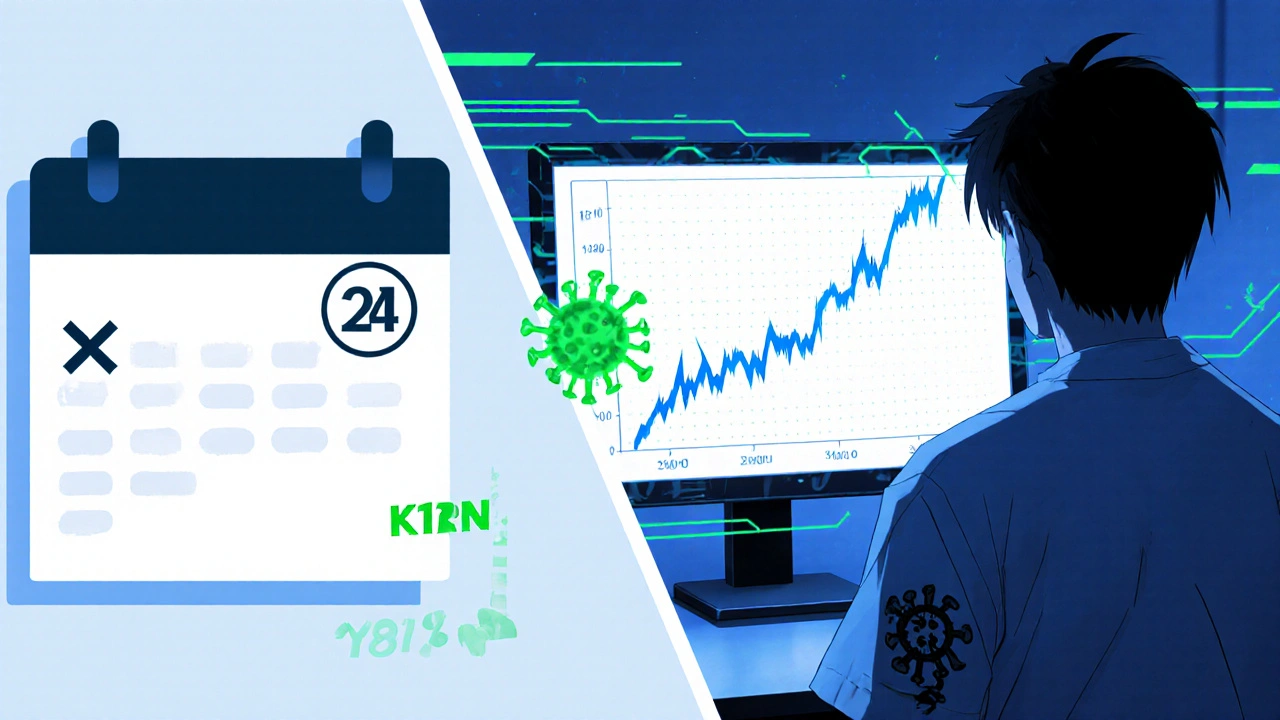
What Happens When Nevirapine Fails
If resistance is confirmed, continuing nevirapine won’t help. It’s like trying to lock a door with a broken key. The lock won’t turn, no matter how hard you push.
But resistance to nevirapine doesn’t mean all HIV drugs are useless. Here’s the key: NNRTI resistance often affects only nevirapine and a few similar drugs like efavirenz and rilpivirine. Other classes-like integrase inhibitors (dolutegravir, bictegravir), boosted PIs (darunavir), or NRTIs (tenofovir, emtricitabine)-usually still work.
The standard fix? Switch to a new regimen. Most guidelines now recommend moving to a dolutegravir-based combo. Dolutegravir is powerful, has a high genetic barrier to resistance, and works even when nevirapine has failed. In clinical trials, over 90% of people with nevirapine resistance achieved undetectable viral loads within 24 weeks after switching.
Some people worry about side effects with new drugs. Dolutegravir can cause insomnia or headaches in a small number of users, but these usually fade after a few weeks. The risks of staying on a failing regimen-like developing multi-drug resistance, progressing to AIDS, or transmitting resistant HIV-are far worse.
Never switch drugs on your own. Always work with your provider. They’ll check your full resistance profile, kidney and liver function, and any other medications you’re taking to avoid bad interactions.
How to Prevent Nevirapine Resistance Before It Starts
Prevention beats cure every time. If you’re starting HIV treatment, ask your doctor if nevirapine is really the best choice for you.
Here’s what you should know:
- Never start nevirapine if your CD4 count is above 250 if you’re a woman, or above 400 if you’re a man. Higher CD4 counts increase the risk of severe liver toxicity and skin reactions, which can lead to stopping the drug-and that’s a recipe for resistance.
- Always get a baseline resistance test before starting any HIV drug. If you already have a mutation like K103N, nevirapine won’t work from day one.
- Use adherence tools: pill boxes, phone alarms, or apps like MyTherapy or Medisafe. Set reminders for the same time every day.
- If you travel, take extra pills. Time zone changes? Talk to your doctor about adjusting your schedule safely.
- Don’t skip doses to "save" pills. Even one missed dose can be enough to trigger resistance with nevirapine.
Some clinics now offer long-acting injectables like cabotegravir plus rilpivirine. These are given every month or two and avoid daily pills entirely. If you struggle with adherence, ask if you’re a candidate.
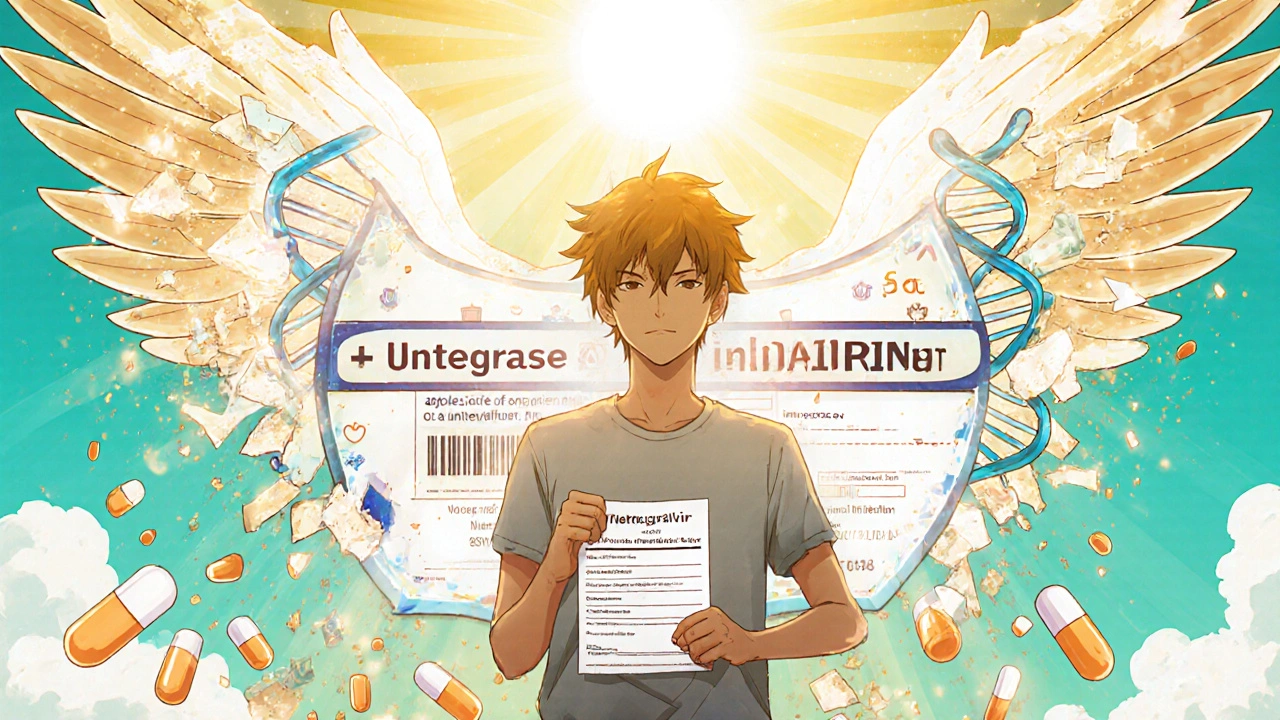
What to Do If You’ve Already Developed Resistance
If resistance is confirmed, the next steps are clear but require action:
- Don’t panic. Resistance is manageable.
- Get a resistance test if you haven’t already. This tells your doctor exactly which drugs are still effective.
- Work with your provider to switch to a new regimen. Dolutegravir + tenofovir/emtricitabine is the most common and effective option.
- Continue taking your current meds until the new prescription is ready. Stopping suddenly can cause more resistance.
- After switching, get your viral load checked at 4, 8, and 12 weeks to confirm the new regimen is working.
Many people feel guilty after resistance develops. But resistance isn’t a failure of character. It’s a biological outcome of a tricky virus and a drug with a narrow safety margin. The goal isn’t to blame yourself-it’s to get back on track.
Support groups, peer navigators, and HIV clinics often have counselors who specialize in adherence challenges. Reach out. You don’t have to figure this out alone.
Looking Ahead: The Future of HIV Treatment Without Nevirapine
Nevirapine was a breakthrough in the 1990s. It was cheap, easy to store, and saved lives in places with limited resources. But today, better options exist.
Guidelines from the World Health Organization and the U.S. Department of Health and Human Services now recommend dolutegravir as the first-line drug for nearly all people with HIV-regardless of gender, CD4 count, or location. Dolutegravir is more forgiving with missed doses, has fewer side effects, and builds a stronger barrier against resistance.
Many countries are phasing out nevirapine from first-line programs. In Australia, it’s rarely used anymore. In the U.S., it’s only prescribed in rare cases where other drugs aren’t suitable.
If you’re still on nevirapine, ask your doctor: "Is there a better option for me?" You deserve a treatment that’s not just effective-but reliable, safe, and easy to stick with.
Can nevirapine resistance be reversed?
No, once the HIV virus develops a resistance mutation like K103N or Y181C, that change stays in its genetic code permanently. You can’t undo it. But you don’t need to. The goal isn’t to reverse resistance-it’s to switch to drugs the virus still responds to. Most people who switch regimens achieve full viral suppression within a few months.
Is nevirapine still used anywhere?
Yes, but mostly in low-income countries where cost is a major factor. Nevirapine is cheaper than newer drugs, so it’s still used in some public health programs, especially for preventing mother-to-child transmission during birth. However, even there, guidelines are shifting toward dolutegravir because it’s more effective and safer.
Can I take nevirapine again after developing resistance?
No. Once resistance develops, nevirapine will not work again-even if you’ve been off it for years. The mutation doesn’t disappear. Taking it again won’t help and could make future treatment harder if you’re exposed to other NNRTIs. Stick with the new regimen your doctor recommends.
How long does it take for nevirapine resistance to develop?
It can happen in as little as 2-4 weeks if doses are missed regularly. The virus replicates quickly, and nevirapine’s long half-life creates the perfect conditions for resistance to emerge. That’s why perfect adherence is critical-if you’re struggling, talk to your provider before resistance develops.
Do I need to tell my partner if I develop nevirapine resistance?
Yes. Drug-resistant HIV can be transmitted. If your viral load is detectable, you can pass on a strain that’s harder to treat. This isn’t about blame-it’s about protection. Use condoms, or ensure your partner is on PrEP. If your viral load is undetectable again after switching meds, you can’t transmit HIV. But until then, take precautions.

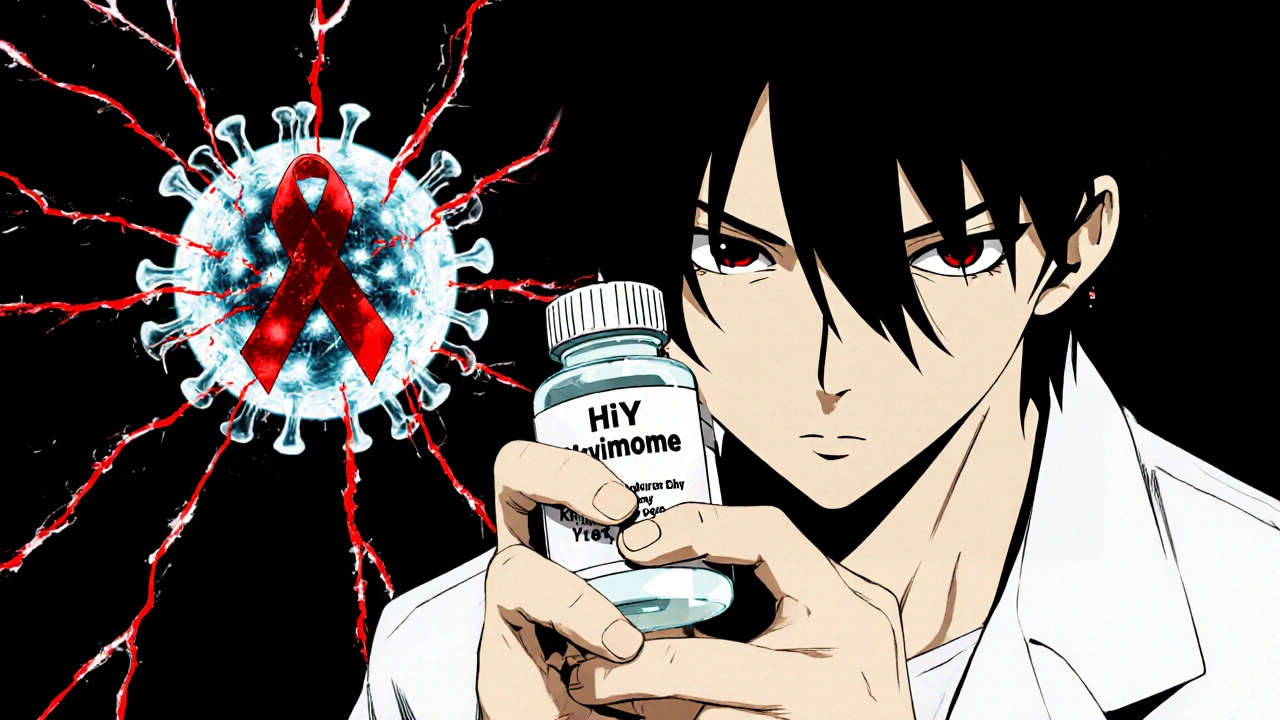


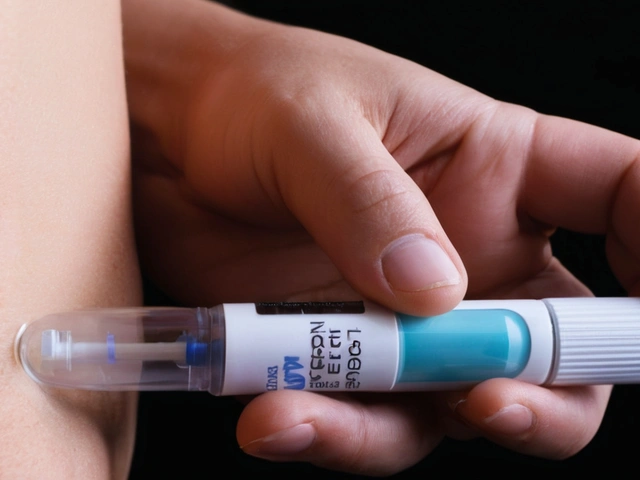
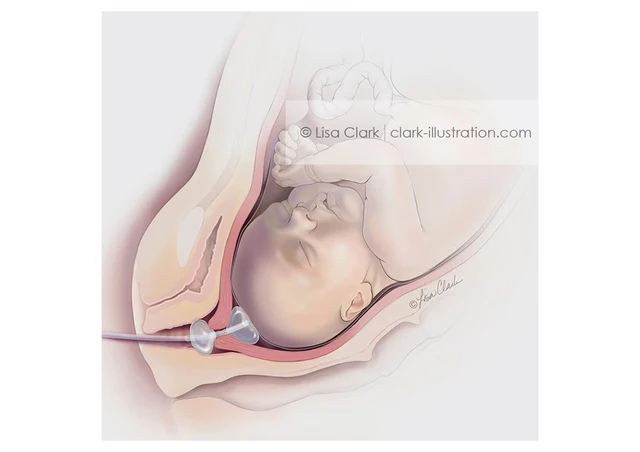
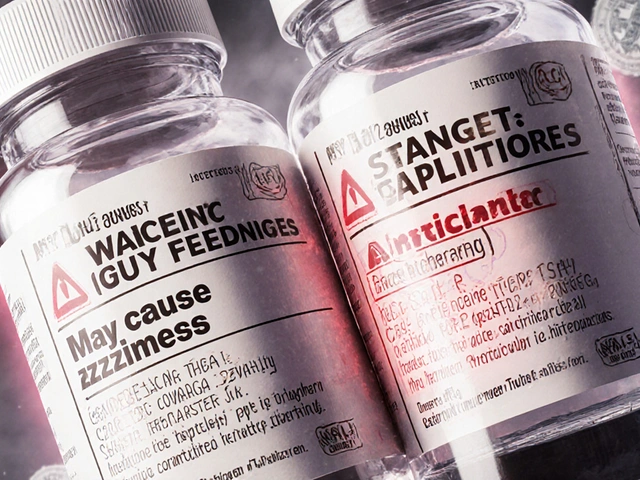
Emily Gibson
October 29, 2025 AT 13:34